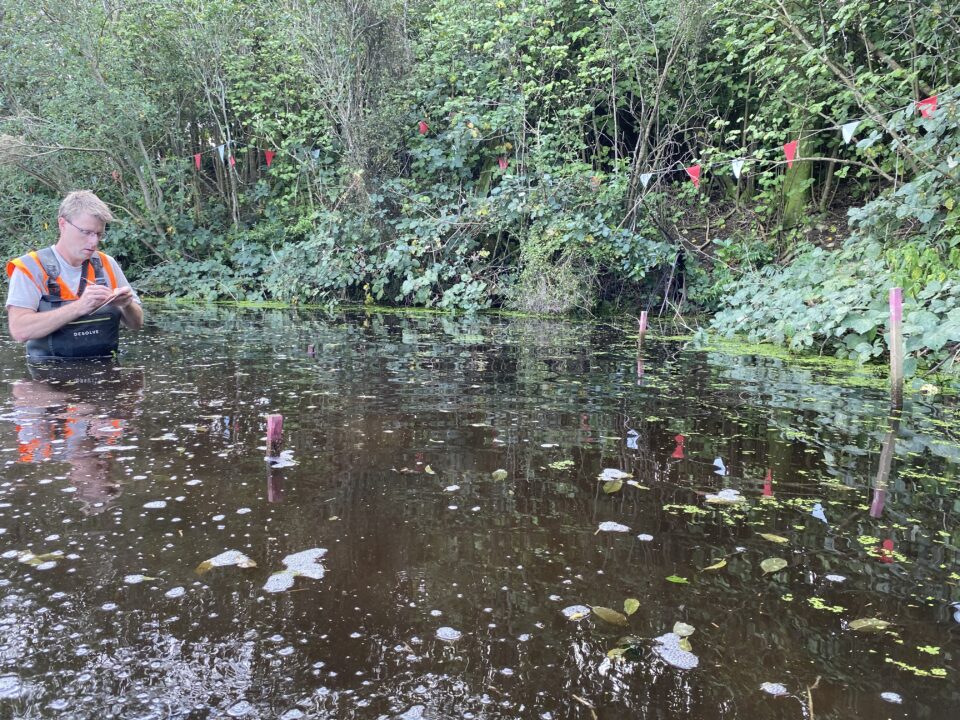Ecologist Antony Kusabs from Boffa Miskell provides a refresher on rules around wetlands, and what is current as of February 2023.
The National Policy Statement for Freshwater Management 2020 (NPS-FM) and the National Environmental Standards for Freshwater (NES-F) provide direction on how local authorities should manage freshwater under the Resource Management Act 1991.
At the end of last year, the NPS-FM and NES-F went through a review process, which was approved by Cabinet, with minor amendments made in February this year.
Regional and district councils are responsible under the NPS-FM and NES-F to avoid any further wetland loss; protect natural wetland values; promote restoration; and map wetlands to identify and monitor the values of natural wetlands and natural inland wetlands (these terms are defined below).
For the uninitiated, classifying wetlands is complicated and not as obvious as you might think. But fear not, once you have some knowledge under your belt it does begin to make sense. Failing that, the professionals are here to help.
We provide a refresher on rules around wetlands, and what is current as of February 2023.
Some wetlands are obvious, but are they constructed or natural wetlands?
Wetland services & delineation methods
We have several well-established tools at our disposal to help delineate wetlands, ranging from rapid assessment methods (based on quick identification of wetland species and their extent) to more detailed soil and vegetation plot measurements.
The latter methods are often used to determine pasture exclusion and wetland boundaries. Some wetlands are obvious, but we may need to do some detective work, such as looking at landforms and historic imagery, to ascertain whether the wetland is natural or constructed.
For large sites, Boffa Miskell has begun to use new GIS mapping tools. These tools enable potential wetlands to be quickly identified, whether in pastural or forested landscapes. Fieldwork can then be targeted to those areas more likely to be wetlands.
What is a wetland?
The definition of wetland under the RMA is; “Permanently or intermittently wet areas, shallow water, and land water margins that support a natural ecosystem of plants and animals that are adapted to wet conditions”.
Natural wetlands are situated within the coastal marine area (CMA) otherwise defined by the mean high-water springs (refer to the New Zealand Coastal Policy Statement).
A ‘natural inland wetland’, as further defined in the NPS-FM, means a wetland that is not in the coastal marine area. Changes brought in by the February 2023 revisions of the NPS-FM have cleared up any confusion in the coastal space.
A natural inland wetland is also not a deliberately constructed wetland, other than a wetland constructed to offset impacts on, or to restore, an existing or former natural inland wetland. Nor is it a wetland that has developed in or around a deliberately constructed water body, since the construction of the water body. Examples include wetlands induced by constructed hydro lakes and wetlands associated with constructed farm stock ponds.
Further, a natural inland wetland is not a geothermal wetland; and it is not a wetland that is within an area of pasture used for grazing and has vegetation cover comprising more than 50 percent exotic pasture species; unless the wetland is a location of a habitat of a threatened species (as identified under clause 3.8 of the NPS-FM).
The National List of Exotic Pasture Species has been developed to clarify the definition of exotic pasture species, which should be used when determining if a wetland within pasture is comprised of more than 50 percent exotic pasture species.
The amendments to the exclusion for exotic pasture, provision of the list of exotic pasture species, and development of the Pasture Exclusion Assessment Methodology has resolved the ambiguity around pasture exclusion and made it easier to delineate the boundaries of natural inland wetlands.
It is worth noting that some grass species commonly found in grazed pastures, such as mercer grass and creeping bent, are currently excluded from the National List of Exotic Pasture Species. Some pasture may have wetland vegetation components.
Wetland owners
Due to the wide variety of plant communities that qualify as ‘natural inland wetlands’, landowners are becoming increasingly aware of surveying for wetlands before developing their property.
Landowners should be aware that if there are natural inland wetlands on their property, the NES-F will apply and may impose restrictions on certain activities in and around those wetlands.
The NES-F applies a combination of setbacks and hydrology thresholds for activities in and around wetlands. The activity statuses under the NES-F vary from permitted (no consent needed) to prohibited (no ability to undertake the activity).
Some activities, such as earthworks and vegetation clearance, are permitted within a proximity of 100 metres from a natural inland wetland, if they do not impact the wetland’s hydrology. However, failing to meet the standards of permitted activities necessitates either a consent process or results in the activity being prohibited.
The prohibited status applies to specific activities like earthworks and water takes that cause drainage within a natural inland wetland. Additionally, there is a non-complying activity status that applies to similar activities near a natural inland wetland, resulting in drainage. While a consent pathway exists for non-complying activities, it is the most onerous and carries a consenting risk.
Recent changes to the regulations have introduced an additional consenting pathway for activities such as ‘quarrying activities,’ ‘landfills and clean fill areas,’ ‘urban development,’ and ‘extraction of minerals’.
These activities have a less onerous status of discretionary or restricted discretionary. In these cases, the effects management hierarchy still applies, with the overall policy intent of avoiding a net loss of wetlands.
The process of gaining consent for many of these newly introduced activities remains untested under the amended NPS-FM and NES-F rules.




